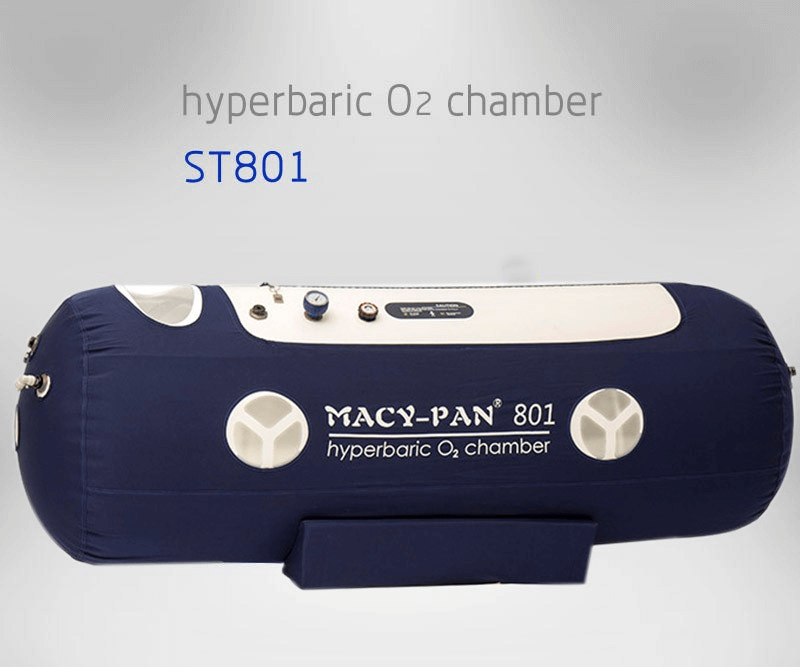Application of Hyperbaric Oxygen in Rheumatoid Arthritis (RA)
Rheumatoid arthritis (RA) is a symmetric, inflammatory polyarthritis. If it is not treated in time or the treatment effect is not good, inflammation and joint destruction will cause loss of body function, which will seriously affect daily life and work ability.
In fact, related literature reports on the treatment of RA by hyperbaric oxygen therapy proves that hyperbaric oxygen therapy is effective in the treatment of RA.
In a clinical study in 1985, the clinical improvement of hyperbaric oxygen therapy in patients with RA was attributed to antioxidant effects. There is also a well-designed animal experimental study that shows that hyperbaric oxygen has a mild but consistent inhibitory effect on adjuvant arthritis and collagen arthritis.
A document reported that 46 patients with RA received radiotherapy. Some of them received 9-11 times hyperbaric oxygen treatments before each radiotherapy. All the patients were followed up for 2 years and evaluated using various scales and a series of measurements. The results show that hyperbaric oxygen combined with radiotherapy has a more obvious positive effect than radiotherapy alone.
A study recorded ten patients (with an average of 16.9 years of RA history) undergoing hyperbaric oxygen therapy and various relevant data for the following six months.

This study shows that hyperbaric oxygen can improve the physical function and daily life of patients, and can improve pain at various time periods and difficulty falling asleep due to pain. The benefits of hyperbaric oxygen for patients with RA include pain relief and improvement of physical function and activity of daily living score and activity index measured by sleep quality score.
During hyperbaric oxygen therapy, the partial pressure of arterial blood oxygen is greatly enhanced, and it induces controllable oxidative stress, leading to the activation of various pathways, resulting in a variety of potential clinical benefits, including reducing inflammation. With hyperbaric oxygen therapy, the patient’s disease activity score, erythrocyte sedimentation rate, and C-reactive protein values decreased. At 3 and 6 months after the end of hyperbaric oxygen therapy, the above-mentioned data were still significantly reduced, which was statistically significant.
In summary, hyperbaric oxygen therapy is effective for RA, mainly through anti-inflammatory mechanisms to inhibit disease progression, reduce pain and improve sleep quality. Hyperbaric oxygen therapy is promising as an adjunct or possible alternative to standard RA drugs, although the benefits of hyperbaric oxygen therapy may not be permanent.
Article: Renyi Hyperbaric Oxygen Song Xiangsheng





